Audi plans to cut water consumption in production in half by 2035
Green Car Congress
MARCH 22, 2021
Audi has included the economical and efficient use of water as a key aspect of its Mission:Zero environmental program. The company plans to keep its own water consumption to a minimum and stop using drinking water in vehicle production in the future. Drinking water is a valuable and scarce resource: 2.2

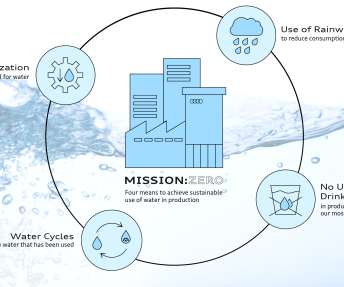


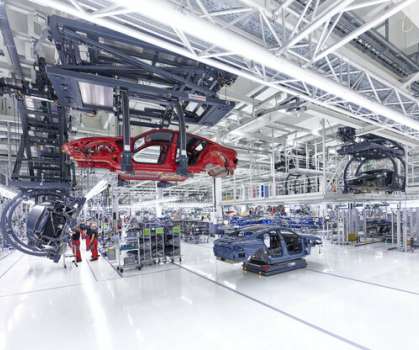


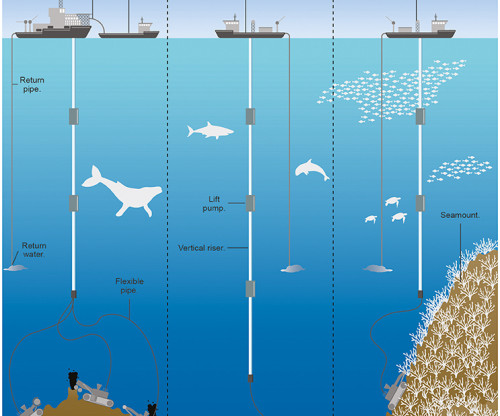
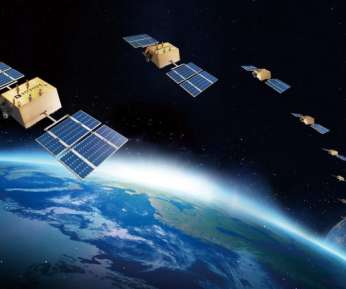



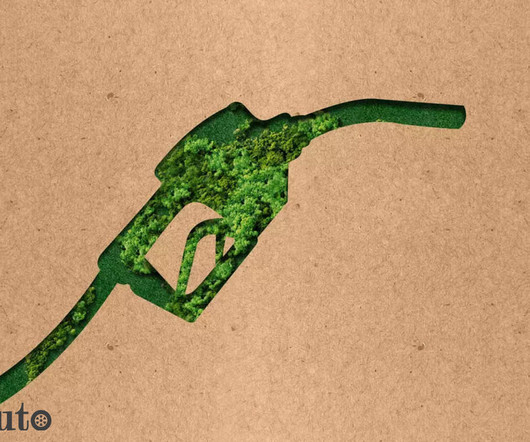


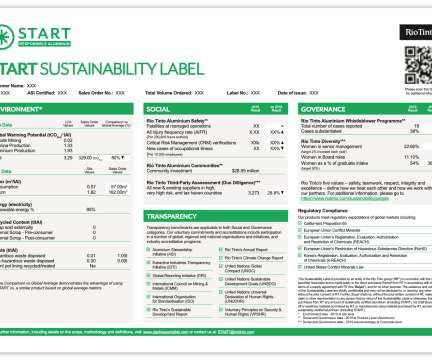
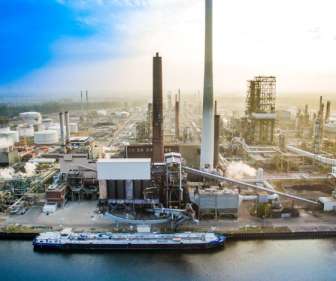



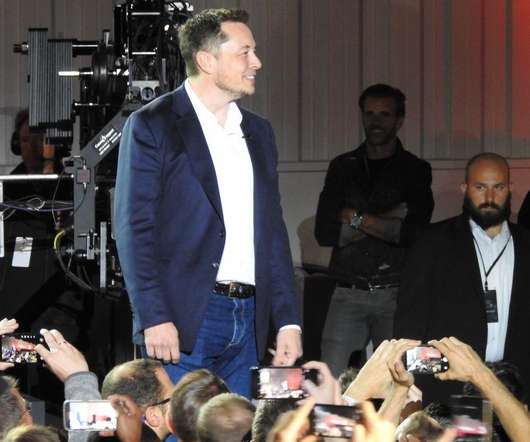

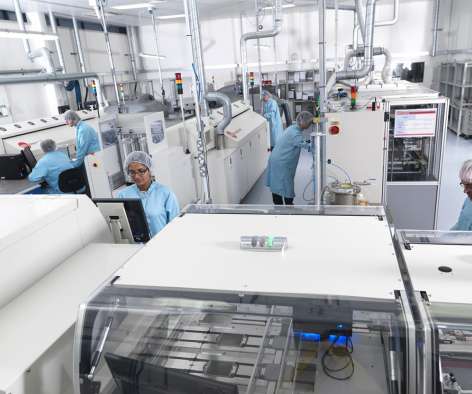






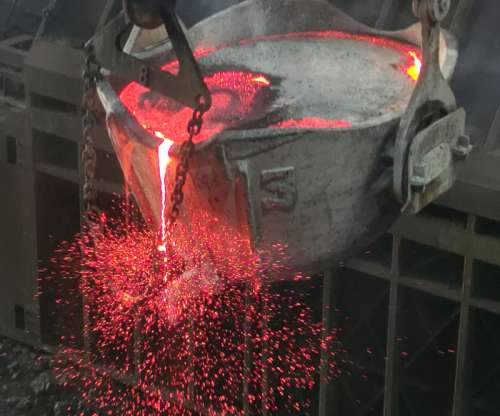














Let's personalize your content